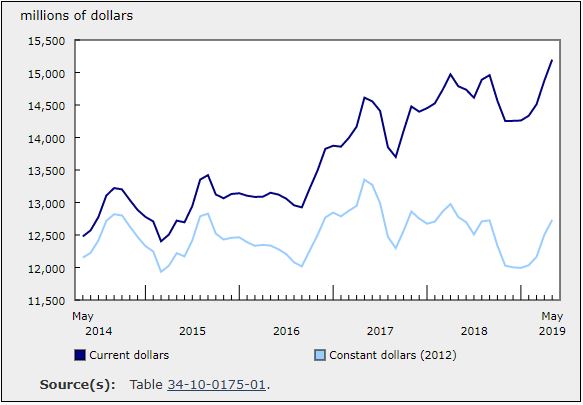Selling Yourself Short? How to Stand Out Without Lowering Your Price

Sept 4, 2018
By Jeff Mowatt
Is what you do for a living perceived by potential customers as being a mere commodity, more or less the same as others in your profession? When that happens, customers revert to the easiest differentiator — price. The outlook gets worse as you realize that somewhere in the global economy there is likely someone offering similar products or services for a cheaper price. And with the Internet it’s easier for your customers to find them. What’s most frustrating is when you know your products and services are indeed different, but customers don’t seem to get that and put you in the same category as everyone else.
The good news is you can change customer perceptions by changing the way you describe what you do. Interestingly, when I discuss this in my speeches and seminars, participants will often write to me afterwards explaining this is one of the most useful tips they picked up. Your goal is to have a potential customer thinking, “If I don’t explore this further with this person, I could be missing a good thing.”
Your own worst enemy
How would you describe what it is you that you do for a living? Most of us automatically commoditize our job. We say, “I’m an insurance broker,” or “I’m a personal financial advisor.” Imagine meeting a potential customer at an industry luncheon and giving that type of label to what you do. The words “I’m a…” imply that that there are other people who do exactly what you do. In other words, you sabotage your uniqueness with your first two words.
Be a pain reliever
Rather than describing yourself in terms of a generic label, you can instead refer to the ultimate benefit that you deliver. If you sell liability insurance for example, you could describe your service in terms of reducing risk for business owners. Keep in mind that there are two ways to describe benefits. One is the pleasure gained and another is the pain avoided. A financial advisor, for example, might describe her service as “helping people retire in comfort” (pleasure gained). Or she could describe what she does as “preventing people from having to work until they die because they can’t afford to retire” (pain avoided). Interestingly, when it comes to spending money sooner rather than later, customers are more often motivated by avoiding pain than gaining pleasure.
Of course, the idea in conversation with a potential customer is not to ramble on about what you do. That sounds boorish and pushy. Instead, say only enough to tweak the other person’s curiosity. Imagine you are a hair stylist attending a chamber of commerce event. When someone asks what you do for a living you could reply with the generic, “I’m a hair stylist.” Unfortunately, chances are the other person already has a hairstylist and considers your service to be a commodity, so they change the topic.
The customer turn-off
You’ve probably heard networking “experts” state that you’re supposed to have an elevator pitch (a 30-second commercial ready to recite). The problem in the real world when you’re talking with smart, streetwise customers, is the 30-second infomercial sounds so phony and contrived it turns them off more than tweaks their interest. Instead, as a hairstylist you might reply with a simple one-line ultimate benefit, “I help people fix personal image problems.” This time you’re more likely to have stimulated their curiosity. Their next question naturally becomes, “How do you do that?” Now you’ve been invited to describe your products and services in an even more compelling way.
Getting in their head
At this point in the conversation, you can describe what you do with an example that the customer can relate to. An easy way is start with the words, “You know how…” Then complete the sentence explaining how your service fixes a common problem. For example, when the Chamber of Commerce member asks the hairstylist how she fixes personal image problems, she might respond with, “You know how most men have the same haircut that they’ve had all their adult lives, whether it suits them or not? And you know how most hair stylists usually just ask how you want your cut and you usually get the same thing done? Well, when I work with a client I start by looking at the person’s most attractive facial features, then we come up with a cut that not only highlights their most attractive features but also works for their lifestyle.” This time the stylist has differentiated herself in the mind of the potential customer. She stands out as offering one-of-a-kind service. And price has become less of a source of comparison.
The beauty of the relevant example is that it applies to the other person’s circumstances. That’s why it’s helpful to start any conversation by first finding about the other person. It also happens to make you a more interesting conversationalist because you’re beginning by discussing most people’s favourite topic: themselves.
Bottom line: next time you need to set yourself apart from the competition — beyond just lowering prices — try changing the way you talk about what you do for a living.
This article is based on the bestselling book, Influence with Ease by Hall of Fame motivational speaker Jeff Mowatt. To obtain your own copy of his book or to inquire about engaging Jeff for your team, visit www.jeffmowatt.com. Watch for more articles from Jeff in future issues.











